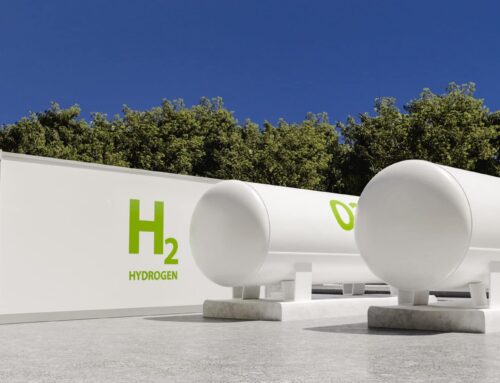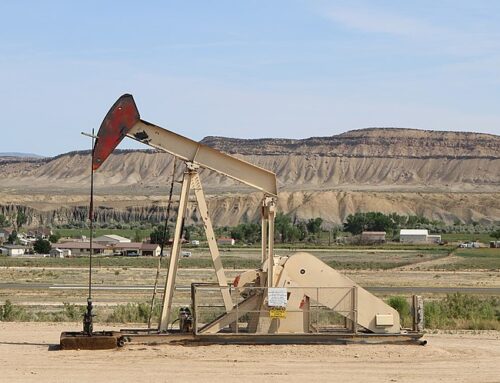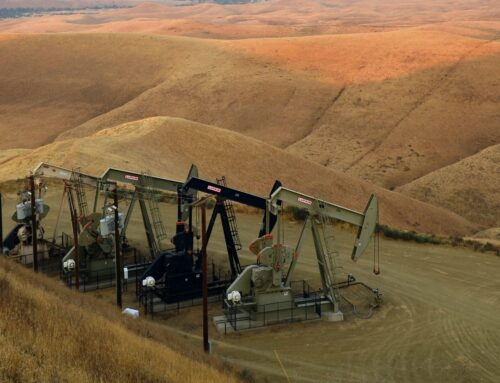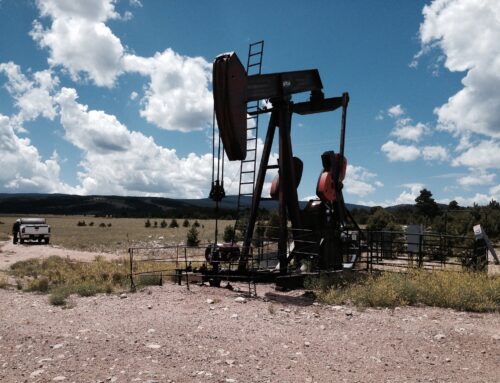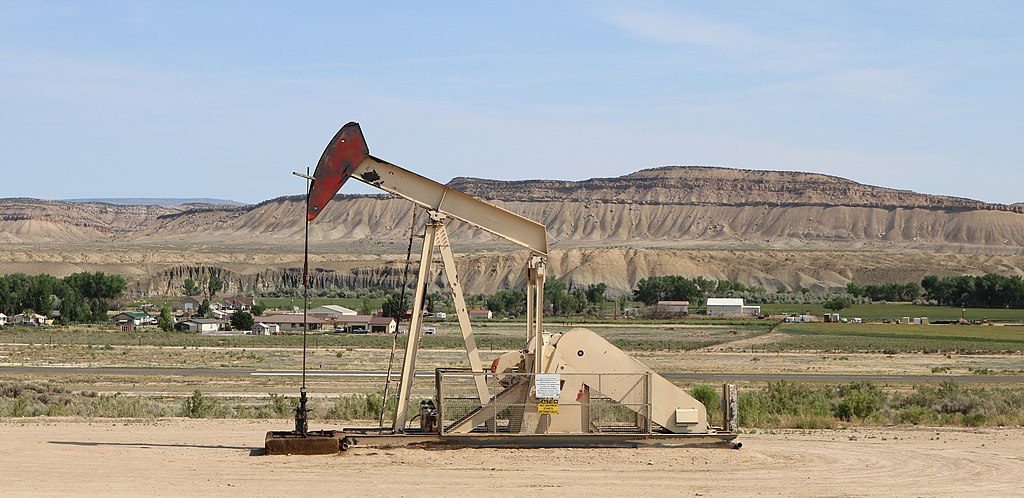As budget watchdogs, we advocate for a government that operates within its means and spends taxpayer dollars responsibly. A crucial tenet of this goal is avoiding unnecessary long-term liabilities for taxpayers.
This comes in many forms. We raise the alarm on the rising national debt and the staggering and growing interest payments accompanying it. We flag programs such as the National Flood Insurance Program, which offers a perverse incentive for property owners to build in risky areas and then shifts the costs of those risks to the taxpayer. We also call on the federal government to cut expensive and unnecessary subsidies, which can both save taxpayer dollars and protect us from the long-term liabilities associated with climate change.
For decades, one of the biggest offenders in this last instance was the federal onshore oil and gas leasing system. Up until recently, outdated policies allowed companies drilling for oil and gas on federal land to abandon their wells with little consequence, sticking taxpayers with the tab for cleanup and remediation of these potentially hazardous sites. Recent hard-won reforms now ensure that oil and gas companies set aside enough money to cover cleanup costs before production starts, protecting communities from potential public health and environmental impacts and sparing taxpayers from shouldering these costs.
Oil and gas production is no small task. In addition to drilling wells—with average depths of 6,000 to 7,000 feet—roads are constructed, topsoil is excavated and leveled, and machinery and other equipment is brought in and stored. If not reclaimed properly, wells and well sites can harm communities and the environment by leaking methane gas, contaminating surface water and groundwater, fragmenting habitats, and interfering with other land uses.
Companies drilling on federal land are required to plug their wells and clean up the surrounding sites after production ends. To guarantee this cleanup is paid for, companies are required to post a bond before they start drilling that the government can use to recoup at least some of the reclamation costs if an operator fails to properly clean up the site, whether by choice or due to outside factors like bankruptcy.
Unfortunately, until this spring, minimum bonding requirements were inadequate to cover the full costs of reclamation, which average $71,000 per well according to the Bureau of Land Management (BLM). Originally set in the 1950s and 1960s, minimum bonding rates were never adjusted to reflect inflation or technological developments that have led to increasingly deeper wells and costlier cleanup costs. As of last year, companies on federal lands had to pay just $10,000 to cover all wells on an individual lease. Inflation-adjusted, that amount would have been more than $100,000 when it was established half a century ago. Put another way, $10,000 represents less than 15 percent of the estimated cost of reclaiming even a single well. While the BLM had the authority to increase bond value above the statutory minimum, 82 percent of all bonds were accepted at the minimum amount.
According to the Government Accountability Office (GAO), the BLM held an average bond of $2,122 per well in 2019—far below the $71,000 in estimated reclamation costs. Using these estimates, TCS calculated that the shortfall between total bond coverage and potential future reclamation costs—a cost that would be shouldered by taxpayers—is around $6.15 billion.
After years of advocating on behalf of taxpayers, a new rule from the federal government’s Bureau of Land Management will finally change this. The final rule, released in April of this year, increases the minimum bonds companies must provide upfront to cover potential reclamation costs from their activities on federal land. These new minimums better match actual reclamation costs and will help ensure the burden of well reclamation falls to industry, not taxpayers. Specifically, bonds covering all wells on an individual lease were raised from $10,000 to $150,000 and bonds covering all wells across a state were raised from $25,000 to $500,000.
The new reforms also prohibit nationwide bonding, which allowed an operator to provide one bond to cover all leases across the country, regardless of the number of wells an operator had. Nationwide bonds covered more wells at a lower amount—the average value of a nationwide bond in 2019 was just $890 per well according to the GAO. That doesn’t even cover 2 percent of estimated reclamation costs.
Oil and gas resources on public lands belong to all Americans. It’s like the Spider-Man principle: developing these resources is a privilege that comes with responsibilities—responsibilities that for too long had been ignored. Common sense bonding reform was long overdue. Yet, some lawmakers want to derail these important reforms. Undoing updates to bonding rates is shortsighted and will only, once again, reward industry bad actors and subsidize the extremely profitable oil and gas industry at taxpayers’ expense.
Federal taxpayers have spent millions, if not billions, of dollars cleaning up orphaned wells on federal land. Most recently, the Infrastructure Investment and Jobs Act appropriated $250 million for reclamation work on Federal land. While there is little that can be done to address already orphaned wells, we can prevent future orphaned wells from becoming taxpayers’ burden.
When oil and gas companies make a mess on federal lands, they should be responsible for cleaning it up. And recent bonding reforms do exactly that.

